Home>Garden Essentials>How Long Does It Take For Nasturtiums To Germinate
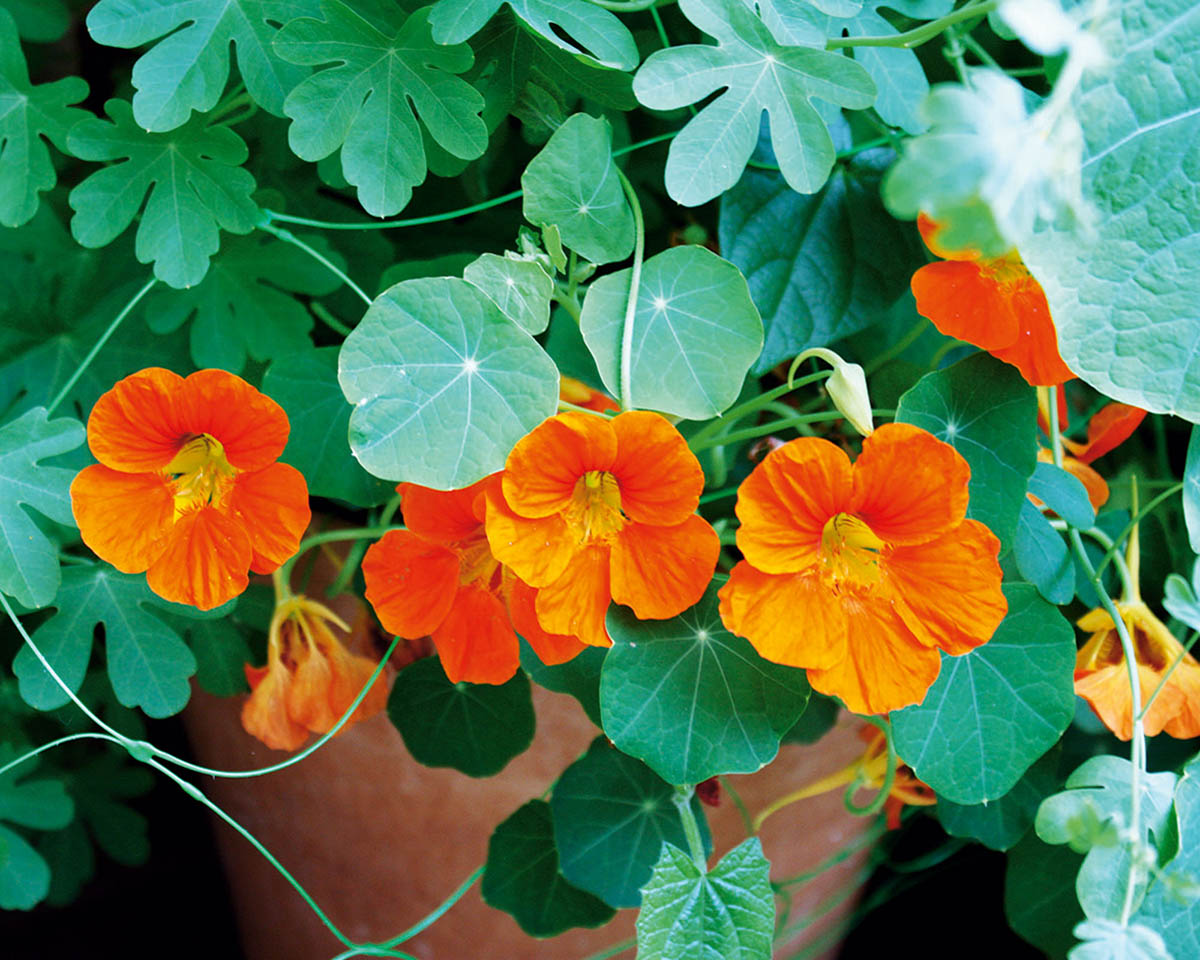

Garden Essentials
How Long Does It Take For Nasturtiums To Germinate
Modified: March 16, 2024
Looking to start a garden? Find out how long it takes for nasturtiums to germinate and get your garden off to a blooming start.
(Many of the links in this article redirect to a specific reviewed product. Your purchase of these products through affiliate links helps to generate commission for Storables.com, at no extra cost. Learn more)
Introduction
Gardening is not only a rewarding hobby but also a great way to connect with nature and add beauty to your surroundings. Whether you are a seasoned gardener or just starting out, understanding the germination process is essential. In this article, we will focus on one particular plant, the Nasturtium.
Nasturtiums are versatile and vibrant flowering plants that can bring a splash of color to any garden. These annuals are known for their vibrant orange, red, and yellow flowers and their lily pad-like leaves. In addition to their visual appeal, Nasturtiums also have culinary uses; their flowers and leaves are edible and add a hint of peppery flavor to salads and other dishes.
One important aspect of growing Nasturtiums, or any plant for that matter, is understanding how long it takes for them to germinate. Germination refers to the process by which a seed transforms into a young, growing plant. This process can vary depending on several factors, from the type of seed to the environmental conditions it is exposed to.
In this article, we will explore the factors that affect the germination time of Nasturtiums, the ideal conditions for germination, and provide tips for speeding up the process. Additionally, we will address common issues that gardeners may encounter during germination and how to troubleshoot them.
By understanding the germination process of Nasturtiums, you can ensure that you provide the optimal conditions for their growth and enjoy the beauty of these vibrant flowers in your garden.
Key Takeaways:
- Nasturtium seeds take about 7 to 14 days to germinate, but factors like seed quality and temperature can affect the process. Techniques like pre-soaking and scarification can speed up germination.
- Providing ideal conditions like proper soil, temperature, and moisture can promote faster and healthier germination. Troubleshooting common issues such as poor seed quality and inadequate moisture can ensure successful seedling growth.
Read more: How Long Does It Take Millet To Germinate
Factors Affecting Germination Time
The germination time of Nasturtium seeds can be influenced by a variety of factors. Understanding these factors will give you insight into how long it may take for your seeds to sprout and grow. Here are some of the key factors that can affect the germination time of Nasturtiums:
Seed Quality
The quality of the seeds you are using can significantly impact the germination time. Fresh, viable seeds tend to have higher germination rates and sprout more quickly. It is important to obtain seeds from a reputable source to ensure their quality and viability.
Seed Dormancy
Some Nasturtium seeds have a natural dormancy period, which prevents them from germinating immediately after planting. This dormancy can be caused by a thick seed coat or chemical inhibitors. To overcome dormancy, you can scarify the seeds by scratching or nicking the seed coat, or soak them in water overnight to soften the seed coat before planting.
Temperature
The temperature plays a crucial role in the germination process. Nasturtiums prefer warmer temperatures for germination, typically between 65°F to 75°F (18°C to 24°C). Warmer temperatures help to activate the enzymes responsible for breaking down the seed coat and initiating germination. Cooler temperatures can delay or inhibit germination.
Moisture
Adequate moisture is essential for successful germination. Nasturtium seeds require consistent moisture levels to break dormancy and initiate growth. However, it is crucial not to oversaturate the soil as excessive moisture can lead to rotting of the seeds. Maintain a moist but well-draining soil environment to promote germination.
Light
Unlike some other seeds, Nasturtium seeds do not require light to germinate. In fact, they prefer to be planted slightly deeper in the soil, around 1 inch deep. Avoid exposing the seeds to direct sunlight as this can increase the soil temperature and affect the germination process.
By being aware of these factors and taking appropriate steps to create the optimal conditions, you can significantly influence the germination time of your Nasturtium seeds. The next section will discuss the ideal conditions necessary for successful germination.
Ideal Conditions for Germination
Creating the right conditions for germination is crucial to ensure the success of your Nasturtium seeds. By providing the following ideal conditions, you can help speed up the germination process and promote healthy seedling growth:
Soil
Nasturtiums prefer well-draining soil that is rich in organic matter. Prepare the soil by loosening it with a garden fork or tiller and removing any rocks or debris. Incorporating compost or aged manure into the soil will improve its fertility and drainage. A pH level between 6.0 and 7.5 is ideal for Nasturtiums.
Read more: How Long Does It Take Sorghum To Germinate
Planting Depth
Plant Nasturtium seeds about 1 inch deep in the prepared soil. Planting too shallow or too deep can affect germination, so it’s important to follow the recommended planting depth. This depth provides the seeds with the right amount of darkness and moisture for successful germination.
Temperature
As mentioned earlier, Nasturtiums prefer warmer temperatures for germination. Maintaining a temperature range of 65°F to 75°F (18°C to 24°C) will encourage faster and more consistent germination. You can use a heating mat or place the seed trays in a warm, well-lit area to provide the optimal temperature for germination.
Moisture
Consistent moisture is key for germinating Nasturtium seeds. Water the soil gently but thoroughly after planting to ensure the moisture reaches the seeds. It’s important to keep the soil evenly moist throughout the germination period. However, avoid overwatering, as excess moisture can lead to seed rot. Regularly check the soil moisture levels and water as needed.
Light
While Nasturtium seeds do not require light to germinate, they do prefer to be planted in a location with full or partial sunlight once they have sprouted. Provide them with at least 6-8 hours of sunlight each day. Placing them near a sunny window or using grow lights can help promote healthy growth and sturdy seedlings.
By ensuring these ideal conditions are met, you can create a favorable environment for Nasturtium seed germination. The next section will discuss the average germination time for Nasturtiums and what to expect during this process.
Germination Time for Nasturtiums
The germination time for Nasturtiums can vary depending on various factors, including seed quality, environmental conditions, and seed dormancy. On average, Nasturtium seeds take about 7 to 14 days to germinate.
However, it’s important to note that germination can sometimes take longer, especially if the conditions are not ideal. Some seeds may take up to 21 days or more to sprout, while others may germinate sooner within the 7-day range.
It’s important to be patient and allow sufficient time for germination before assuming that the seeds are not viable. Remember that factors such as temperature, moisture, and seed quality can influence the germination speed. If you have provided optimal conditions and the seeds still haven’t germinated after 21 days, there may be other underlying issues.
During the germination process, you might notice several stages of growth. Initially, you will see the emergence of a small root, followed by the appearance of cotyledons, which are the seed leaves. These initial leaves will provide nourishment to the developing seedling until the true leaves form.
Seedlings will continue to grow, develop true leaves, and strengthen their root systems as they acclimate to their environment. This growth process can take several weeks, and it’s important to continue providing appropriate care, including sufficient water, sunlight, and proper nutrition.
By understanding the average germination time for Nasturtiums and what to expect during the growth process, you can set realistic expectations and foster a nurturing environment for your seeds. However, there are a few tips and tricks you can employ to speed up germination, which we will discuss in the next section.
Tips for Speeding Up Germination
If you’re eager to see your Nasturtium seeds sprout and grow, there are several tips and techniques you can use to help speed up the germination process. By following these tips, you can increase the chances of quicker and more successful germination:
Pre-soaking the Seeds
Pre-soaking the Nasturtium seeds in water for about 12-24 hours before planting can help soften the seed coat and accelerate germination. This process, known as stratification, mimics the natural conditions seeds experience when subjected to rain or moisture in their native habitat.
Scarification
Scarifying the seeds by gently scratching or nicking the seed coat can also promote quicker germination. This method allows moisture to penetrate the seed coat more easily, enabling the embryo to absorb water and initiate germination faster. Use a nail file or sandpaper to gently scarify the seeds before planting.
Read more: How Long Does It Take Turnips To Germinate
Bottom Heat
Providing bottom heat can help create the optimum temperature for germination. You can use a heating mat or place the seed trays on top of a warm surface, such as a refrigerator or a water heater. The extra warmth will speed up the enzymatic processes and promote faster germination.
Consistent Moisture
Ensuring a consistently moist environment is vital for speedy germination. Check the moisture levels in the soil regularly and water gently when needed. Utilize a misting bottle or a fine spray to prevent the seeds from being dislodged or damaged while keeping the soil evenly moist.
Indoor Germination
Starting your Nasturtium seeds indoors can provide a controlled environment with stable conditions, allowing for faster germination. Plant your seeds in seed trays or small pots filled with quality seed starting mix. Place them in a warm area with ample sunlight or artificial grow lights to encourage swift growth.
By implementing these tips, you can enhance the germination process and potentially see your Nasturtium seeds sprout and establish themselves even faster. However, it’s important to keep in mind that not all seeds will germinate at the same rate, and some may still require more time to germinate naturally.
Common Issues and Troubleshooting
While Nasturtiums are generally easy to grow, you may encounter a few common issues during the germination process. Understanding these issues and knowing how to troubleshoot them can help you overcome any obstacles and ensure successful germination:
Read more: How Long Does It Take For Mint To Germinate?
Poor Seed Quality
If you are experiencing low germination rates or no germination at all, it may be due to poor seed quality. Ensure that you are using fresh, viable seeds obtained from a reputable source. Old or expired seeds may have a lower germination rate and may not sprout at all. Consider purchasing new seeds if you suspect the quality of your current ones.
Inadequate Moisture
Insufficient moisture can hinder germination. If the soil is too dry, the seeds may not absorb enough moisture to break dormancy and initiate growth. Ensure that you are providing consistent moisture by regularly checking the soil and watering as needed. Be careful not to overwater as this can lead to rotting of the seeds.
Temperature Fluctuations
Extreme temperature fluctuations can negatively impact germination. If the temperature is too high or too low, it can delay or inhibit the germination process. Aim to maintain a stable temperature range of 65°F to 75°F (18°C to 24°C) for optimal germination. Consider using a thermometer to monitor the temperature in your growing area.
Pest and Disease Issues
Pests and diseases can also affect germination. Common pests, such as aphids or slugs, may feed on the emerging seedlings and reduce germination rates. Regularly inspect your plants for any signs of pests or diseases and take appropriate measures to control them, such as using organic pest control methods or removing affected plants promptly.
Seed Dormancy
If your Nasturtium seeds are not germinating within the expected time frame, it may be due to seed dormancy. Some seeds have natural mechanisms that inhibit germination until certain conditions are met. Try scarifying or pre-soaking the seeds to break dormancy and encourage faster germination.
Improper Planting Depth
Planting Nasturtium seeds too shallow or too deep can affect germination. Plant the seeds at the recommended planting depth of around 1 inch to provide the right amount of darkness and moisture for successful germination. Ensure that the seeds are covered with soil to avoid exposure to light and extreme temperature fluctuations.
By identifying and addressing these common issues, you can troubleshoot any problems that may arise during the germination process and increase your chances of successful seedling growth.
Conclusion
Growing Nasturtiums from seed can be a rewarding and enjoyable experience. Understanding the germination process and the factors that influence it is essential for successful cultivation. By providing the ideal conditions, such as proper soil, temperature, moisture, and sunlight, you can promote faster and healthier germination.
While the average germination time for Nasturtiums is around 7 to 14 days, it’s important to be patient and allow sufficient time for the seeds to sprout. By employing techniques such as pre-soaking, scarification, and providing bottom heat, you can accelerate the germination process and enjoy the beauty of these vibrant flowers sooner.
Throughout the germination process, be mindful of common issues like poor seed quality, inadequate moisture, temperature fluctuations, pests, diseases, and seed dormancy. By troubleshooting these issues as they arise, you can overcome any challenges and ensure successful germination and healthy seedling growth.
Remember that gardening is a journey, and each step, including germination, brings its own set of learnings and rewards. With proper care, your Nasturtium seeds will transform into stunning plants, adorning your garden with their vibrant colors and adding a touch of flavor to your culinary endeavors.
So, gather your Nasturtium seeds, prepare the ideal growing conditions, and embark on the exciting journey of germination. Witness the transformation of tiny seeds into beautiful plants, and enjoy the process of nurturing life in your garden.
Frequently Asked Questions about How Long Does It Take For Nasturtiums To Germinate
Was this page helpful?
At Storables.com, we guarantee accurate and reliable information. Our content, validated by Expert Board Contributors, is crafted following stringent Editorial Policies. We're committed to providing you with well-researched, expert-backed insights for all your informational needs.
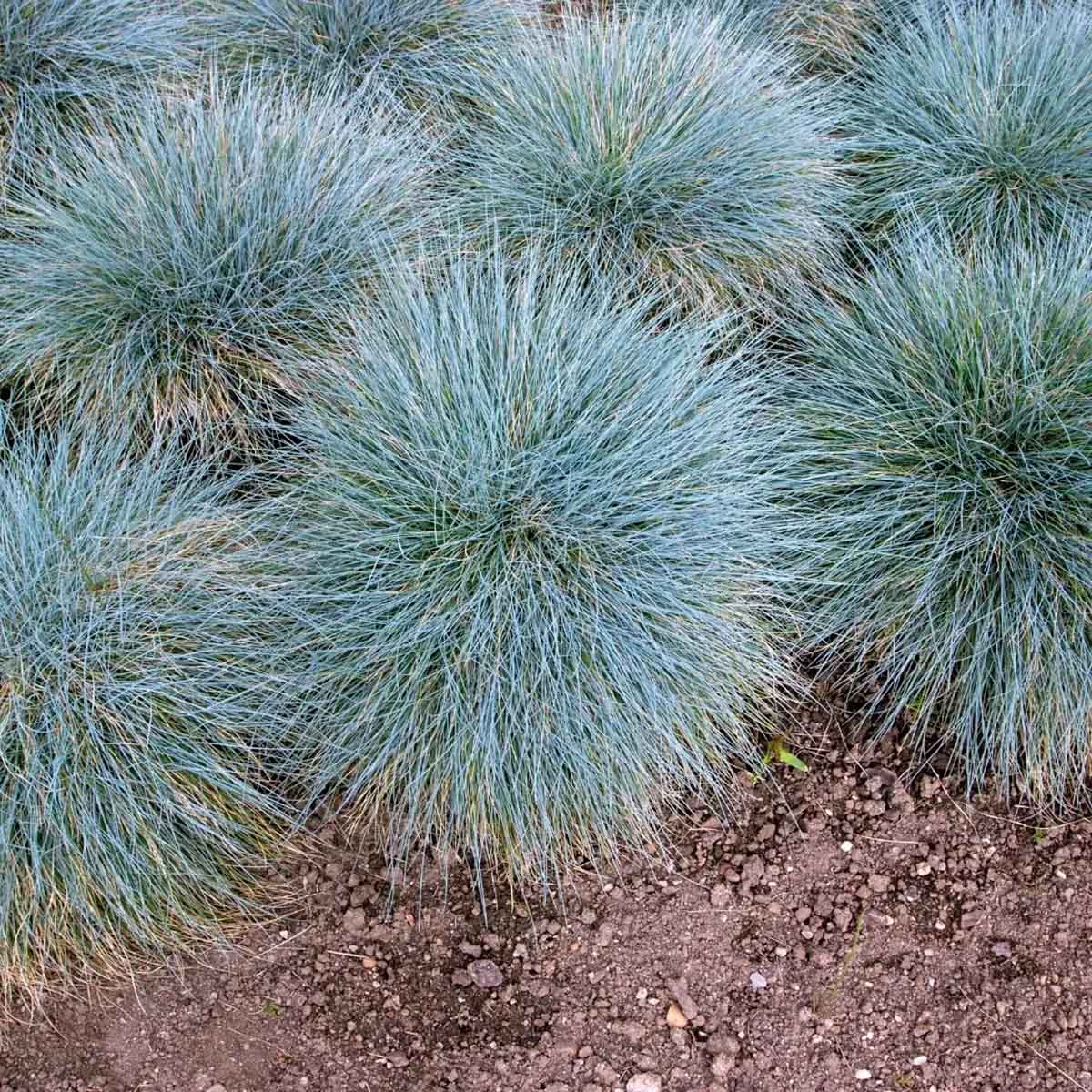
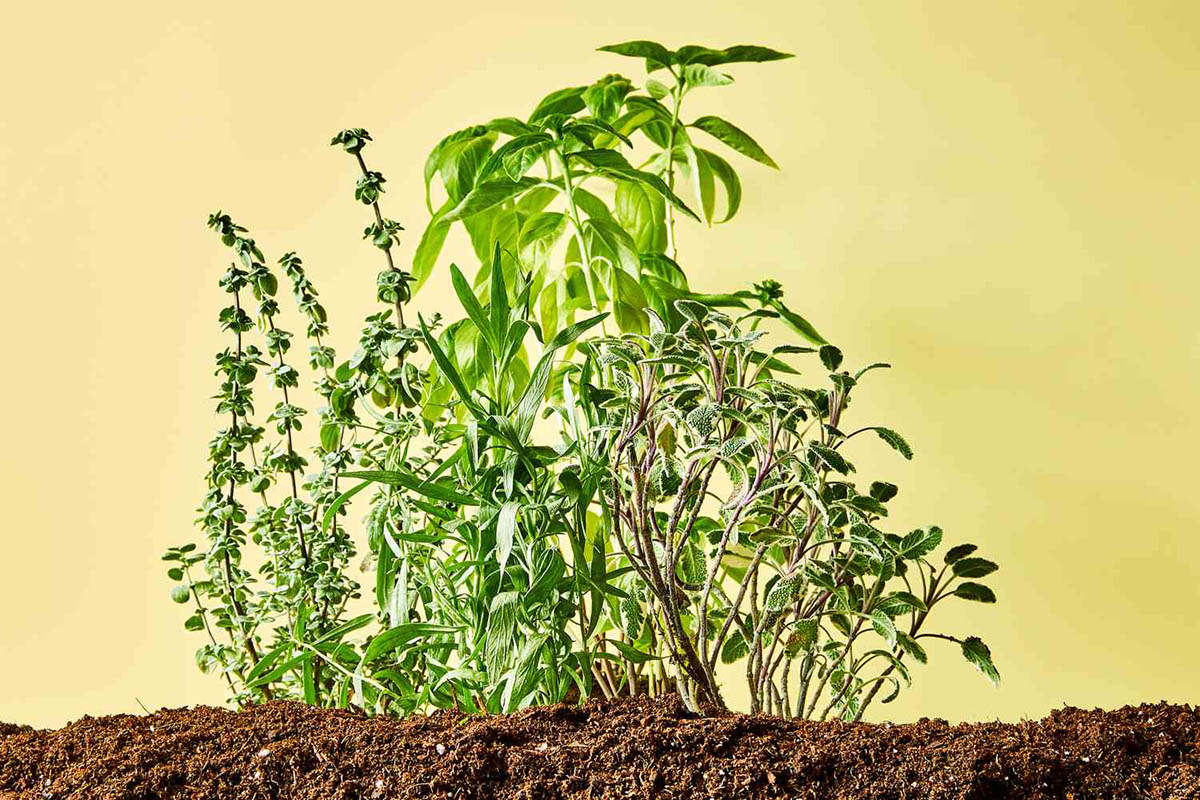
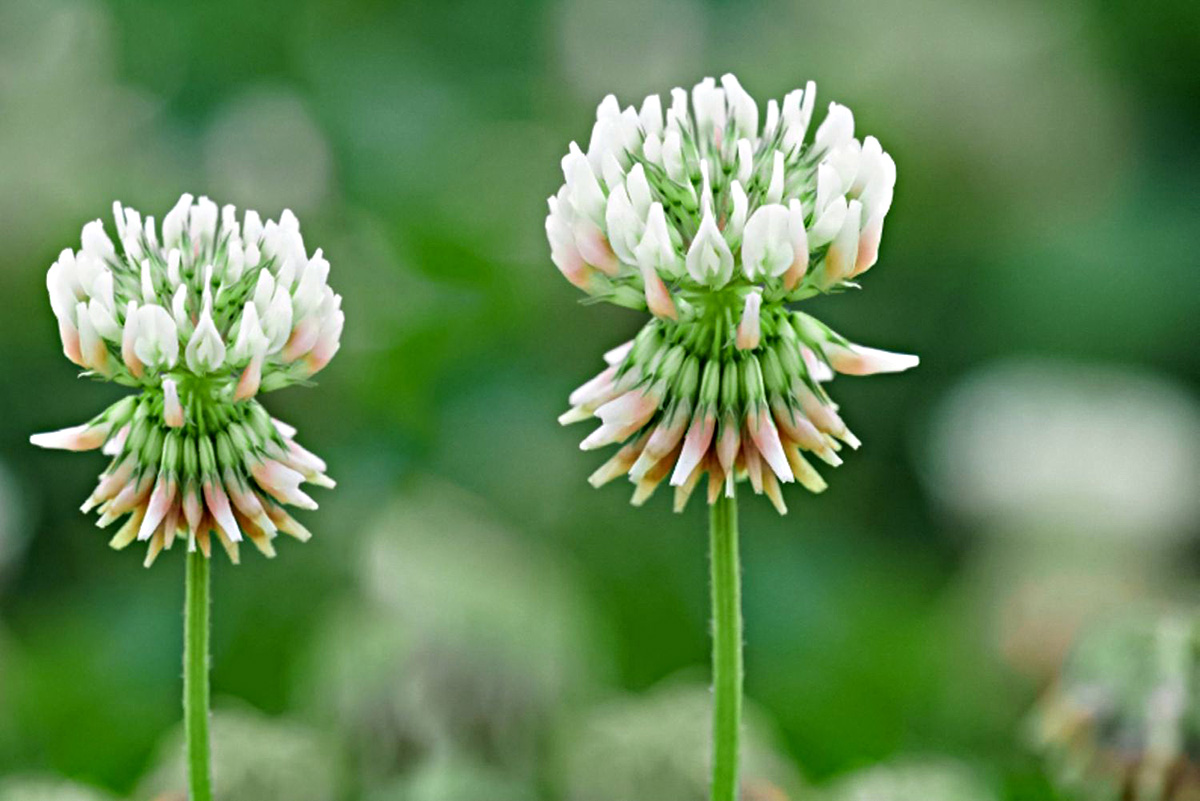
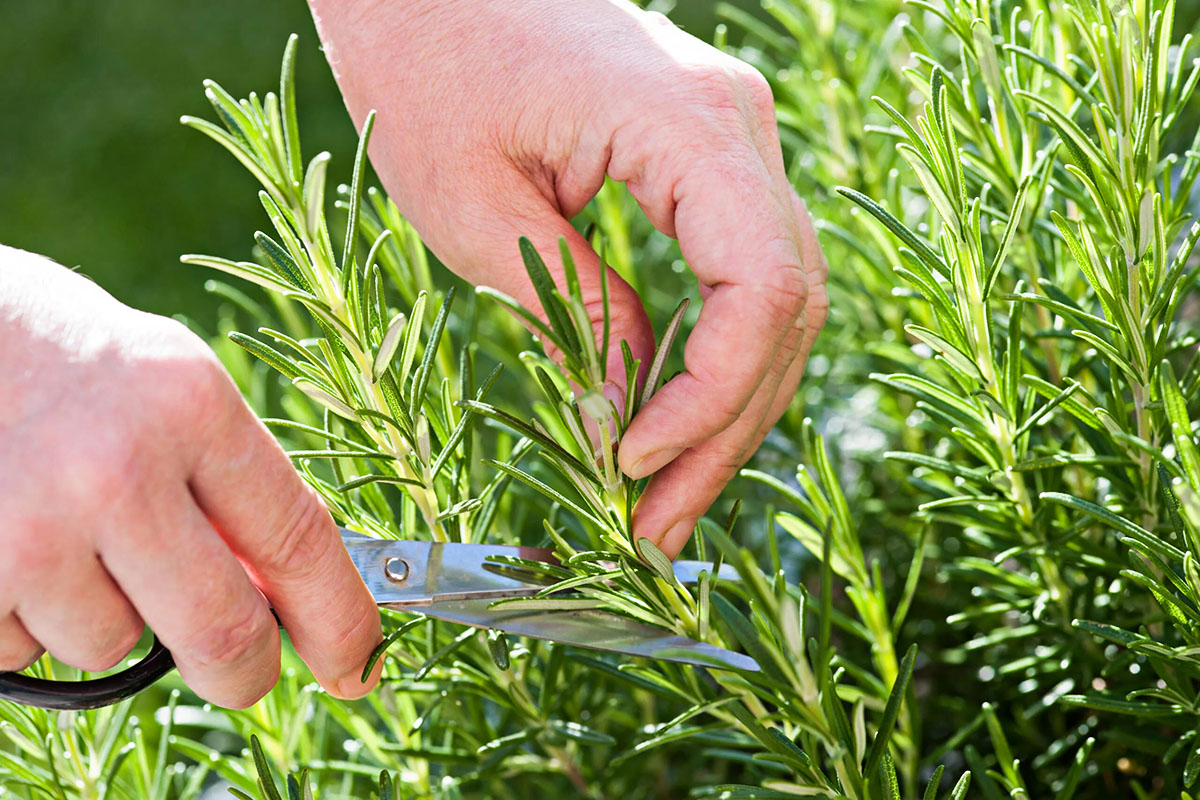
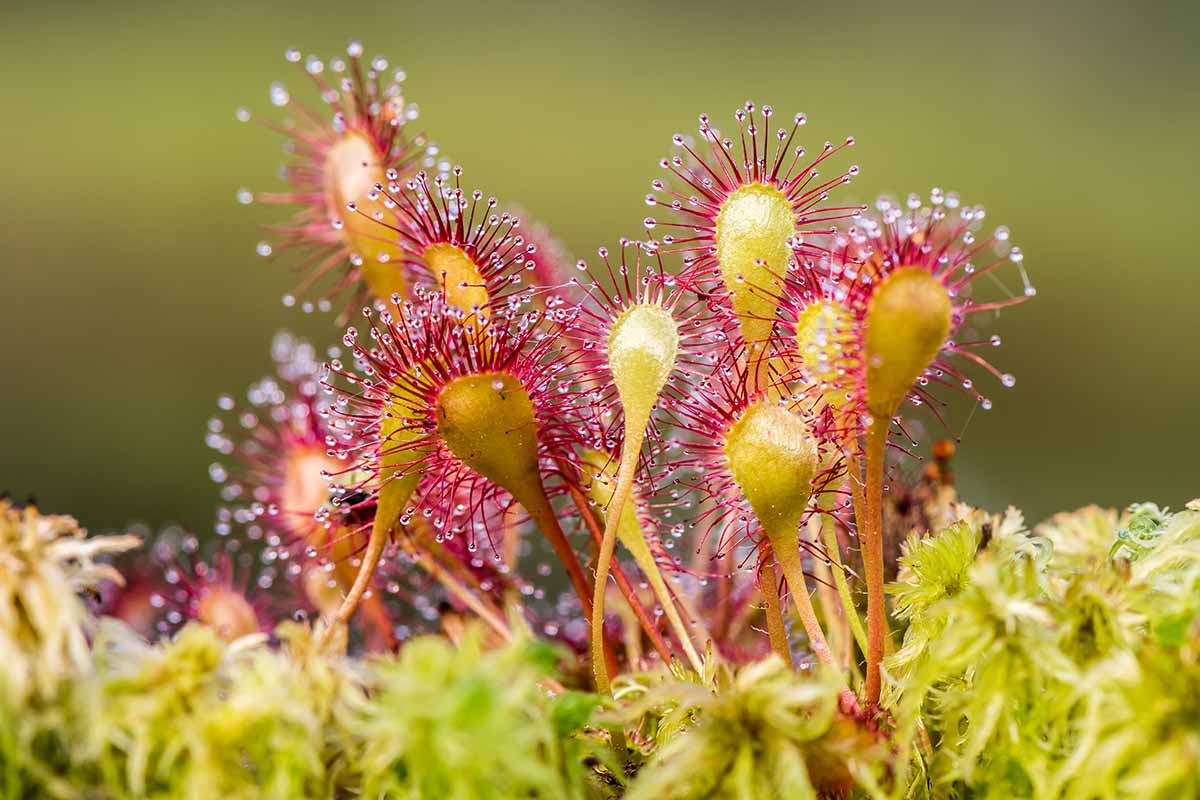
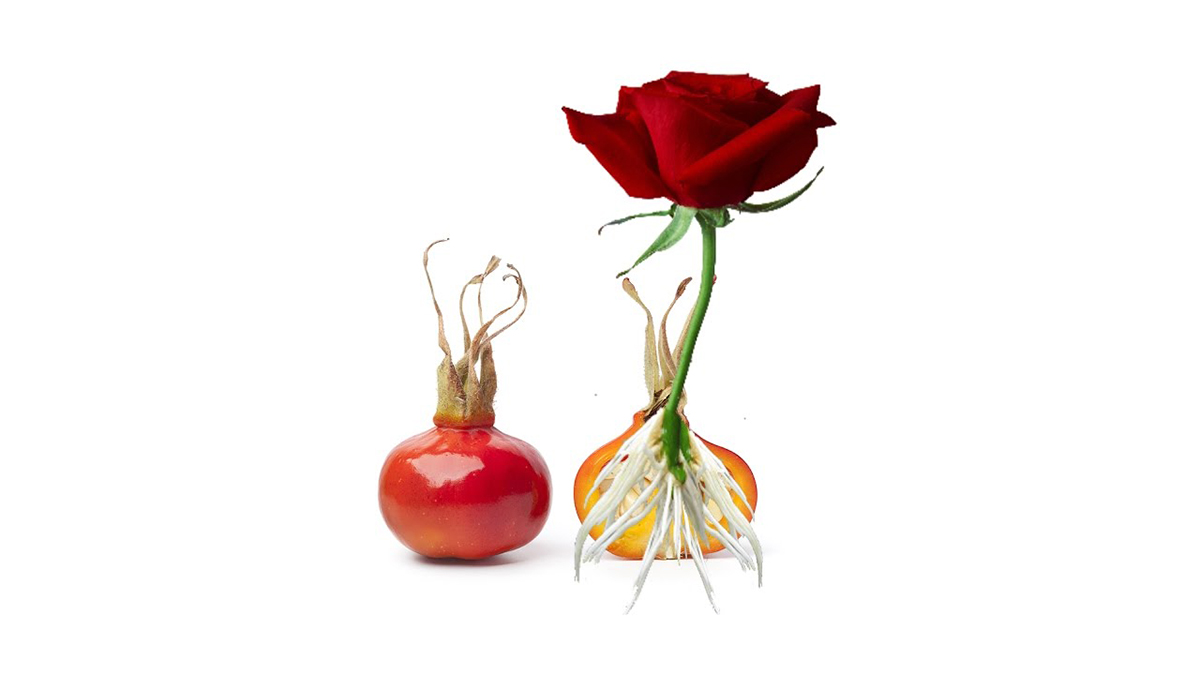
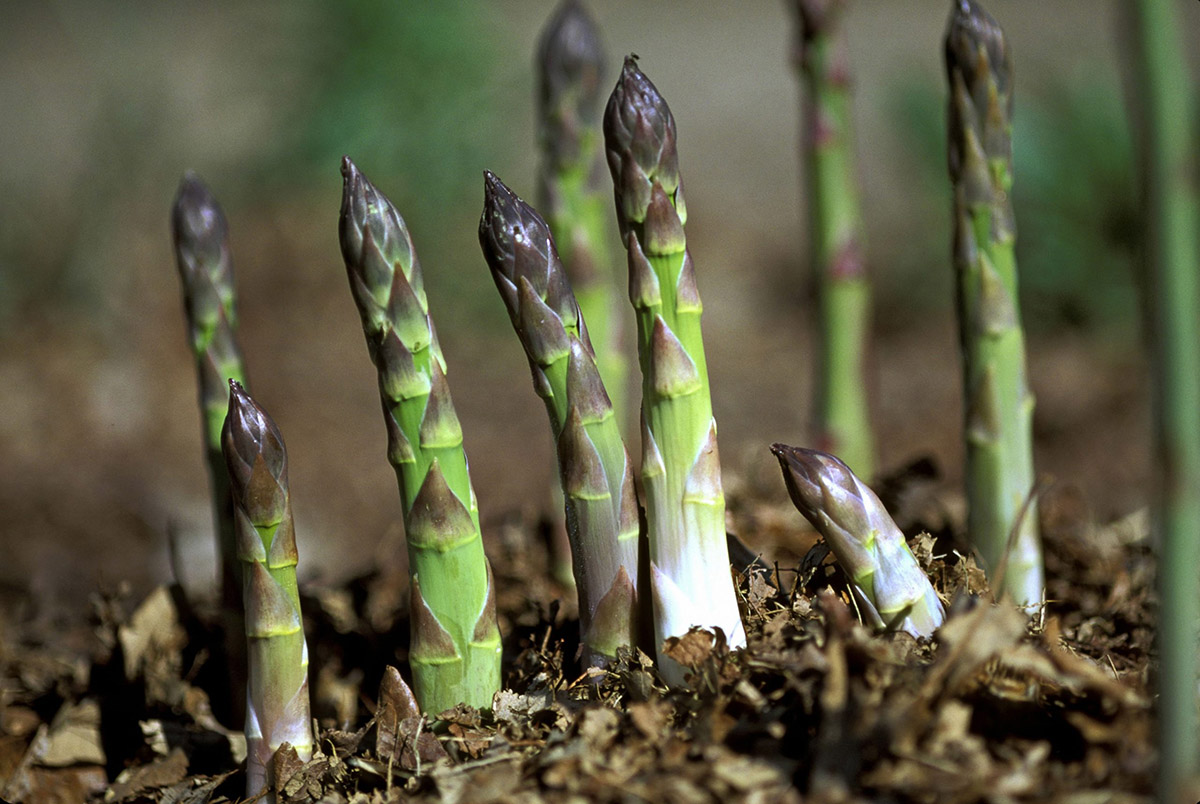
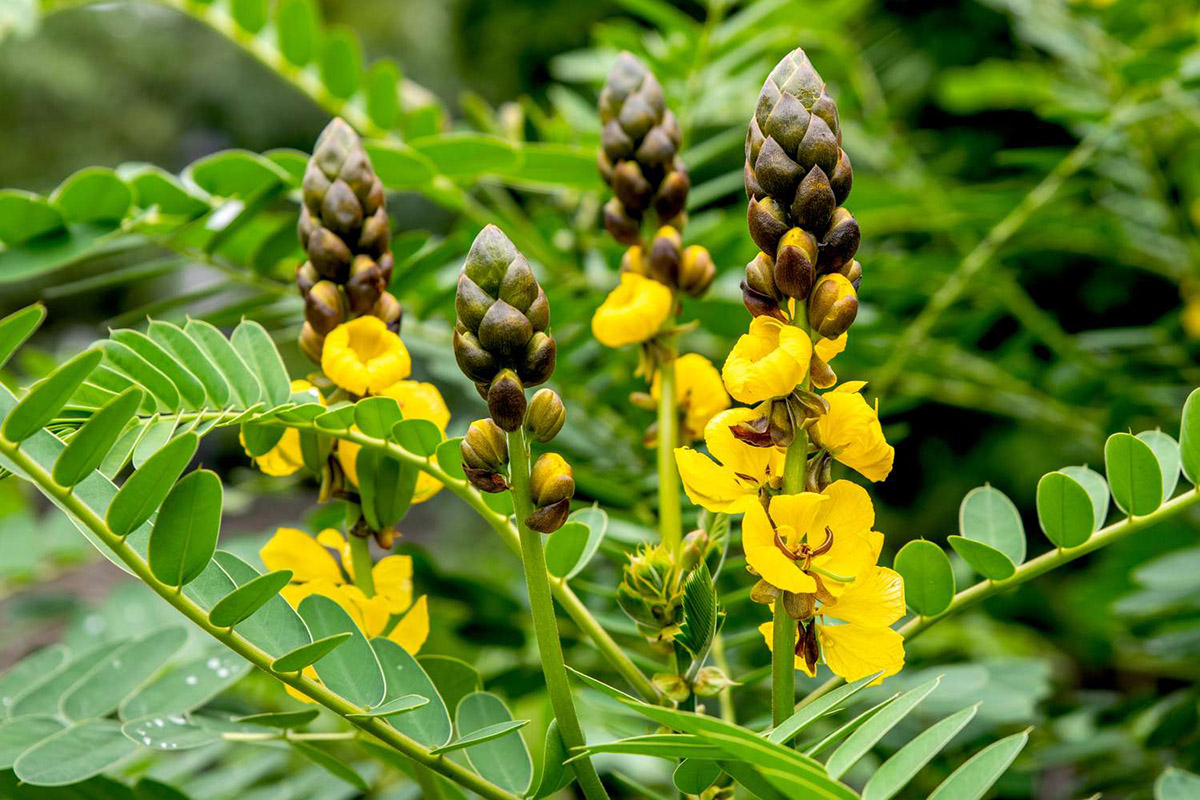
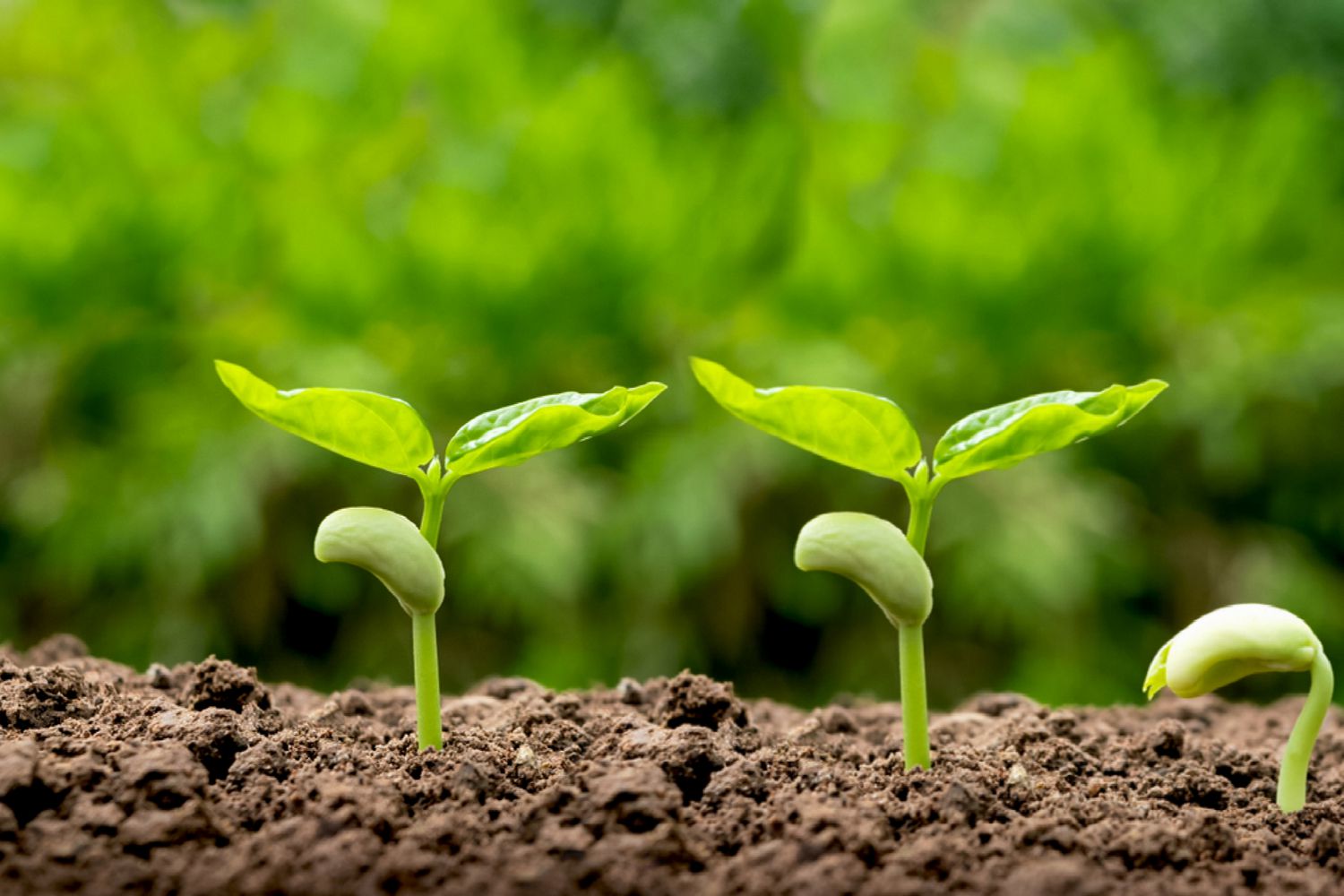

0 thoughts on “How Long Does It Take For Nasturtiums To Germinate”